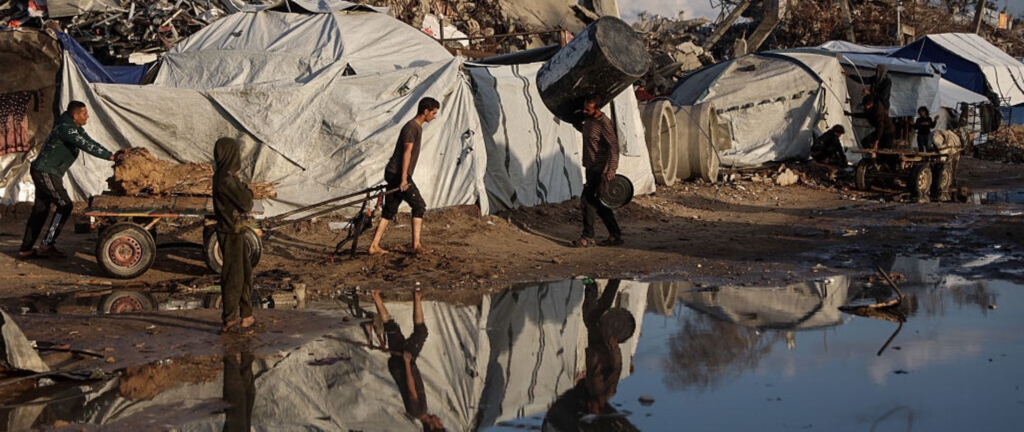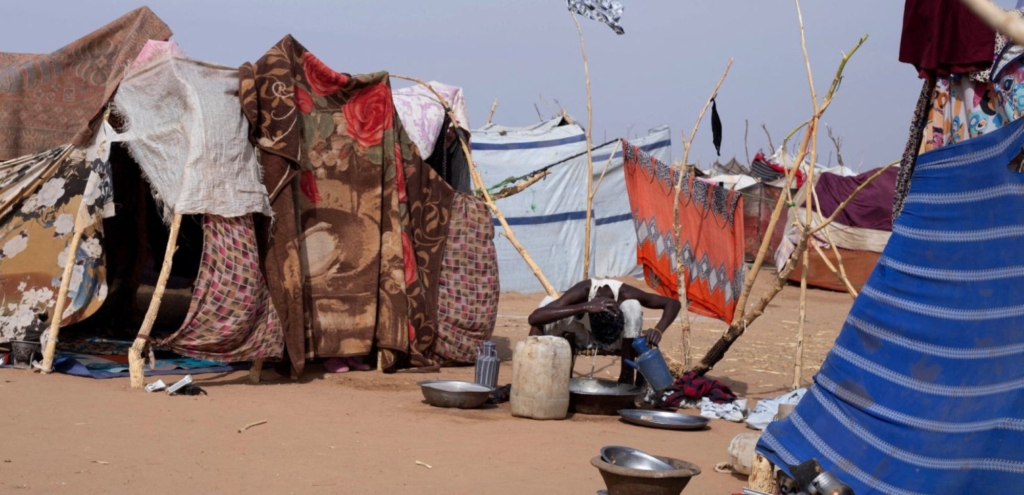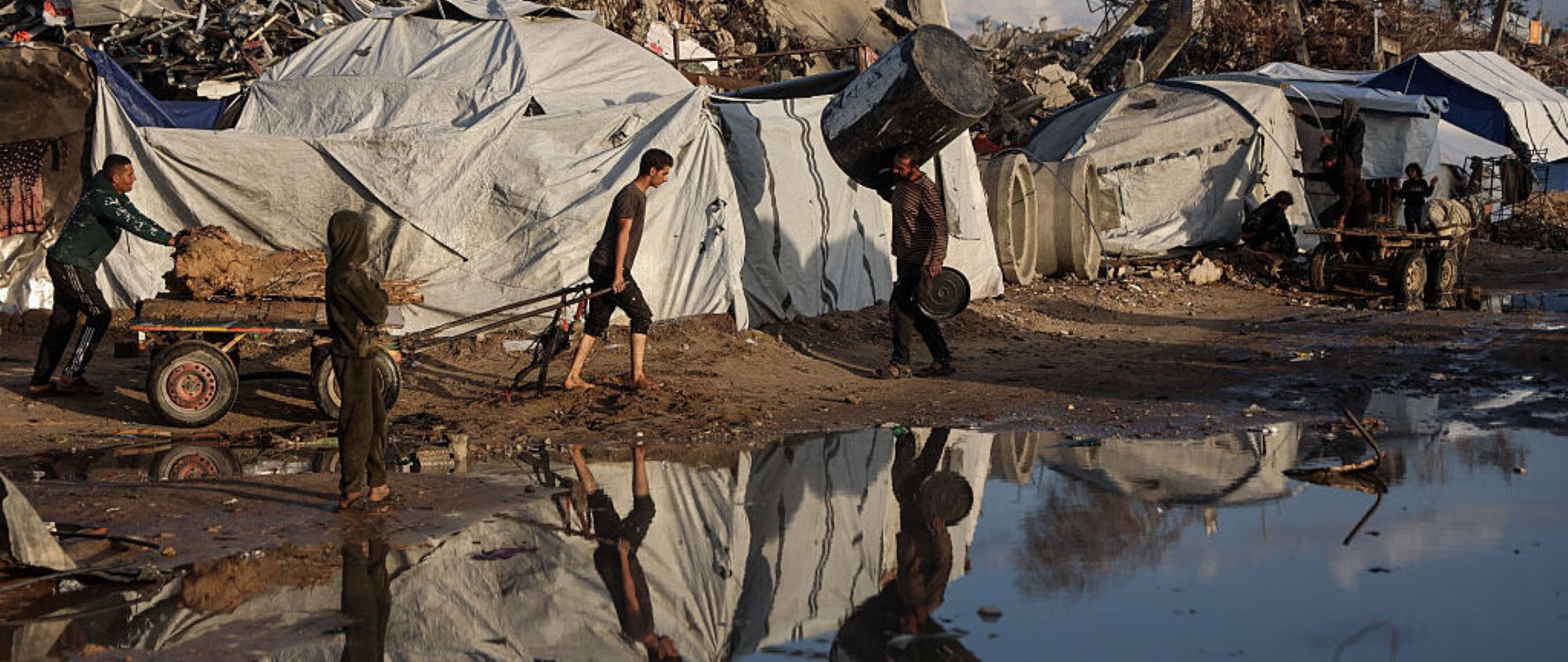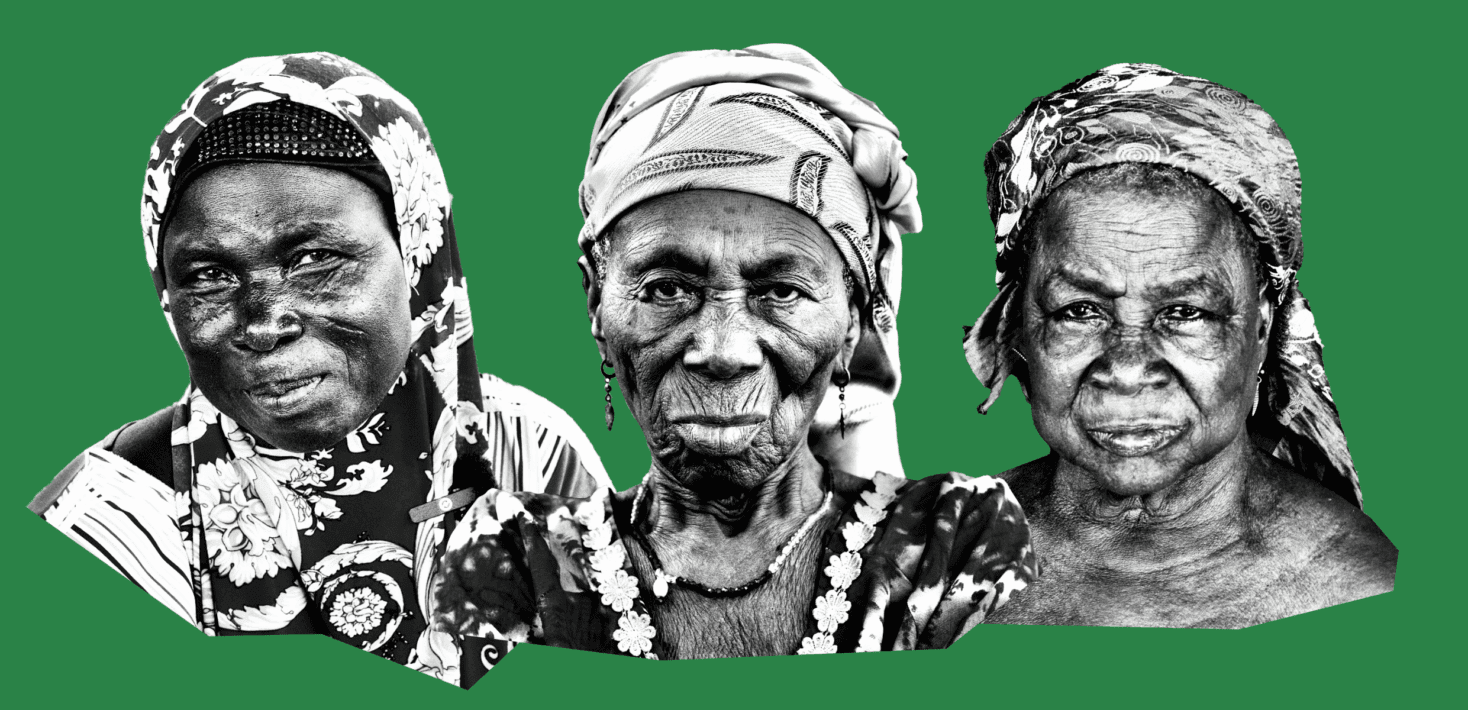Lise Martin is the Executive Director of Women’s Shelter’s Canada, a national network of shelters and transition houses whose motto is “shelters support women and children fleeing violence. We support the shelters.” The organization works to ensure that government actions to end gender-based violence and violence against women are rights-based and informed by the experiences and insights of their members from across Canada. They led a collaborative process to create a Blueprint for Canada’s National Action Plan on Violence against Women, which Amnesty International endorsed, and lead advocacy in support of a National Action Plan.
Amnesty spoke with Lise in Ottawa in the lead-up to International Women’s Day 2020.
The #MeToo movement has led to more women seeking support from rape crisis centres and frontline service providers are struggling to meet demand. Is the situation similar with women’s shelters in Canada?
Our bottom line is that the levels of service and the levels of protection that women have access to shouldn’t depend on their postal code. Depending on where you live in Canada, it impacts what levels of services and protections you have access to. Funding is provincial and territorial. Sixty-four per cent of shelters across the country do not have an annual cost of living increase, and 20% haven’t received an increase in at least 10 years.
A shelter is like any house. You have to pay your taxes and your heat. Your expenses increase but budgets do not. Often programs suffer because you have to put more of your money into operating costs.
Fundraising is a major part of the work of shelters because they can’t make ends meet without it. All shelters have to fundraise. In a city like Toronto you can hold a $250 per plate benefit dinner. But no one can do that in a small northern community.
We are always advocating for more shelters, but we’re also advocating for more access to affordable housing. Women can’t get out of shelters because there’s no affordable housing for them to go to when they leave shelters.
You mentioned service access by postal code. What does that look like?
Second stage shelters are most needed for women at the highest risk for domestic homicide and there are little to none of them in rural areas across the country.
There are fewer second stage shelters in rural areas, on reserve, and in communities with large Indigenous populations. There are few second stage shelters that are Indigenous-run or have Indigenous-specific programming.
Second stage shelters are independent units. Women live in an apartment and stay from 6-24 months. They are really important for women rebuilding their lives. The governments of Saskatchewan and Newfoundland and Labrador don’t fund any second stage shelters.
The length of stay in an emergency shelter varies from three weeks up to no limit depending on the province. Women are supposed to find affordable housing in three weeks in Alberta, for example. Some shelters have a maximum stay of 30 days. In some it’s three months. In Ontario and Quebec there is no limit to how long a woman can stay in an emergency shelter.
How many women and their children are turned away from shelters because a lack of space?
Every year, our Shelter Voices survey records how many women and children are served violence against women shelters and transition houses across Canada. In 2019, 78% of the requests for shelter were denied. The rate has been consistent for the past four years.
The issue in any major city in Canada is that there’s a slim chance of finding space in a violence against women shelter on the day you call. In a rural area, the chance is actually greater that you will find space—if there happens to be a shelter in your community, and there’s many communities without shelters. For example, the Ottawa Citizen ran an article about how Ottawa shelters were full, but a shelter an hour drive away from Ottawa had space. But this less than ideal for women who have children in school. In rural areas, the high cost of transport is a big issue. If a woman is calling and in distress, often the shelter will pick up the transportation cost, and this cost can be very high in rural communities. These communities also have less access to legal aid, counselling, and other services.
Your organization has long advocated for a National Action Plan on violence against women and gender-based violence, and the federal government has now committed to developing such a plan. How will a National Action Plan address some of the service needs and gaps that you have identified?
The federal government has promised a National Action Plan but we have no idea what they have in mind. There needs to be more money invested into this. The money is also about recognizing that this is a societal issue. This is a non-partisan issue. This National Action Plan needs to cover over a decade at least and will span more than one government term. It needs to be developed with that in mind.
There has to be money transferred to provinces and territories, as was done for the national housing strategy. We need to recognize that this is a societal issue. It can’t be dealt with by just funding discreet projects. It’s bigger and broader than that.
On the ground, it’s about more services and more coordination of the services.
All levels of government need to be involved. On reserve shelters receive less funding than provincial counter parts and that needs to be addressed. There is need for substantive equality in access to services.
How should government go about creating the National Action Plan so it is as strong and impactful as it can possibly be?
The National Action Plan must be well resourced. It must be developed with stakeholders and this includes service providers and survivors. It’s really important that it addresses the continuum of violence from bullying in schoolyards to femicide.
Actions must be clear and coordinated. It’s about consistency. Consistency across and within jurisdictions in terms of policy and legislation. Sometimes it’s about recognizing there are tools in place (i.e. death review committees) in some provinces but not in others. The National Action Plan needs to recognize best practices and make sure that, for example, every province has a death review committee and their recommendations are implemented.
How should progress on implementing the National Action Plan be monitored?
The National Action Plan needs to include tools to measure progress and change. There are civil society monitoring tools like the Canadian Femicide Observatory. We need government funded tools to measure progress. The National Action Plan needs to be measurable and accountability tools need to be built into the plan.
What will progress look like a decade from now if the National Action Plan is done well and fully implemented?
Turn away rates from shelters will be lower. A woman will have a decent chance of finding space in a shelter when she needs it. Society will recognize this is a societal issue that needs addressing. There’s a lot of work to be done in terms of public perception and what’s acceptable.
It’s also about women’s empowerment. We want levels of violence to decrease. And need services available across the country when women need them.
The National Action Plan sounds high level and policy but it’s about women’s lives. We need people to realize that it may sound complicated, but it will help save women’s lives.
It’s about changing systems and increasing services. But changing systems that impact the every day lives of women. And it will ensure consistency across the country.























